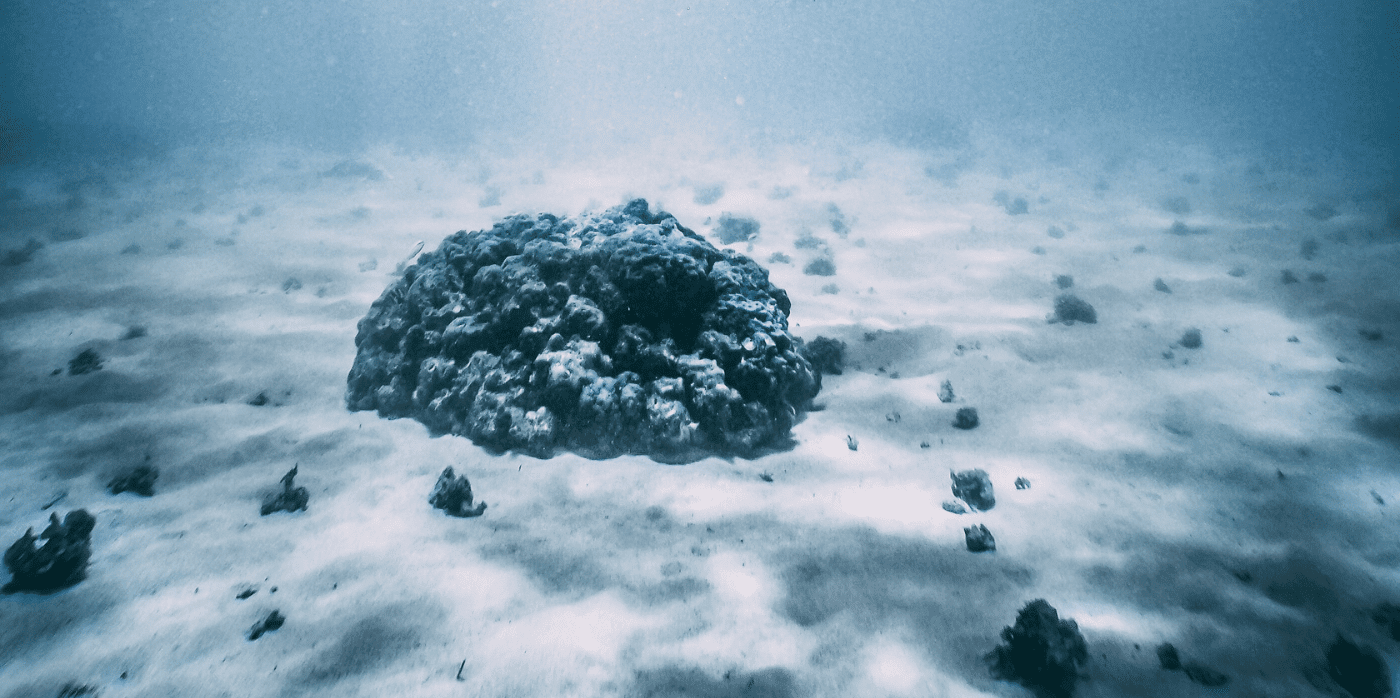Spotted: There is an estimated 75 to 119 million tonnes of plastic waste in our oceans today. And while most endeavours to tackle ocean waste have focused on addressing litter floating on the surface, the majority of it is found on the ocean floor.
The underwater environment poses a unique challenge. Traditional methods of cleaning up the ocean floor are both dangerous and expensive, involving human divers who are put at risk every time they descend into the depths. In response, researchers from the EU-funded SeaClear project are developing an AI-based solution for cleaning up the ocean floor without putting human life in danger.
The SeaClear system uses a combination of robotics and machine learning to efficiently locate and remove marine debris. A boat, a drone, two underwater robots, and a collection basket make up the system. The boat functions like a sort of mothership, acting as a communication hub and power source for the robots.
How does it work? The boat marks any large debris encountered on the ocean floor using a type of sonar called a multibeam echosounder. The drones also use sonar to identify large pockets of debris from the air. The underwater robots are then deployed to collect the debris and deposit it in the basket. The whole process is automated, making it much more efficient and effective than traditional methods of marine litter collection.
SeaClear project partner Subsea Tech in France developed the innovative system, which is now being tested in real-world conditions. This new solution has the potential to revolutionise the way we deal with ocean pollution and help to keep our seas clean for future generations.
Other innovations spotted by Springwise that clean up marine litter include okra used to clean up microplastics, a fleet of giant floating barriers tackling the Great Pacific Garbage Patch, and a beer company hosting a tournament to fish plastic out of the ocean.
Written By: Katrina Lane
7th July 2022
Website: seaclear-project.eu
Contact: seaclear-project.eu/contact

